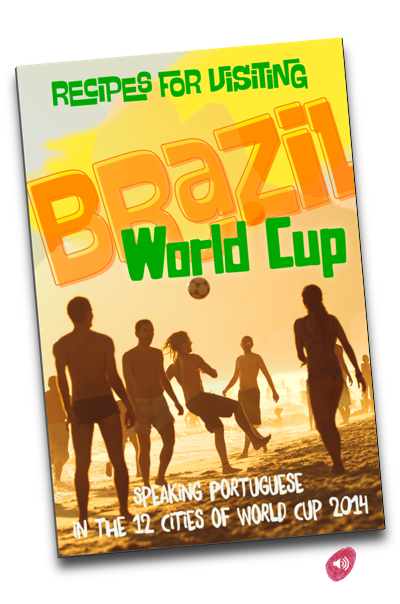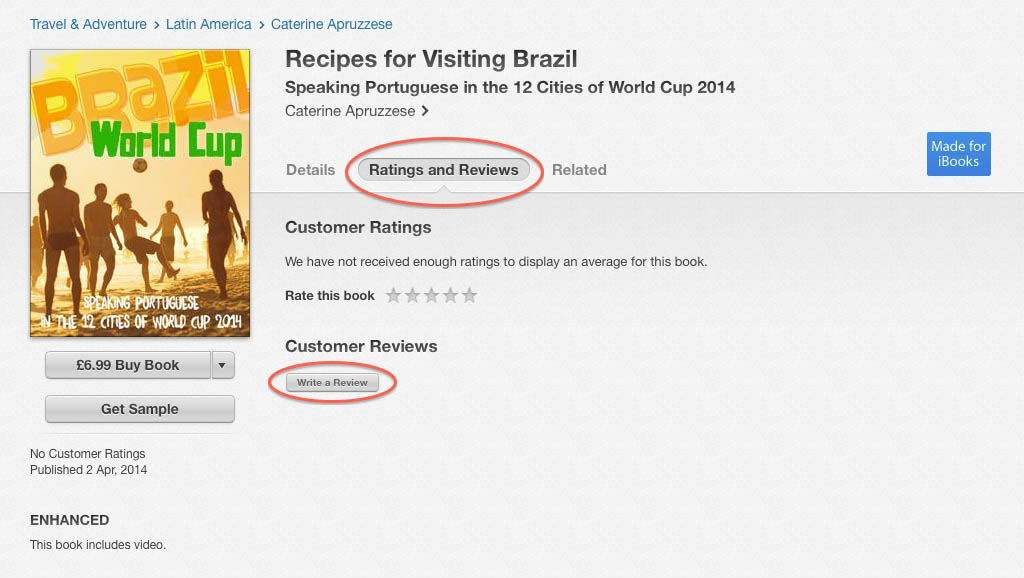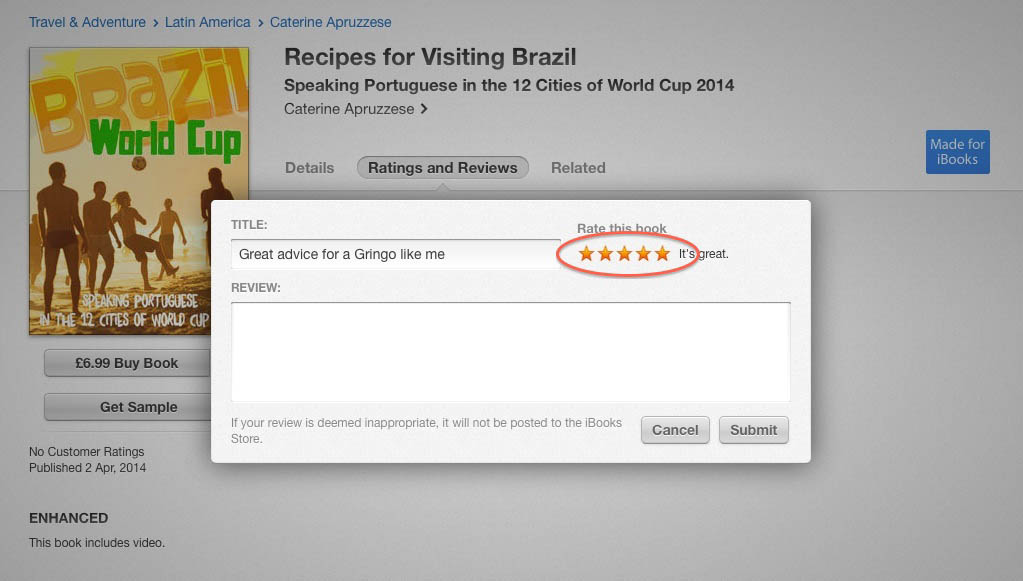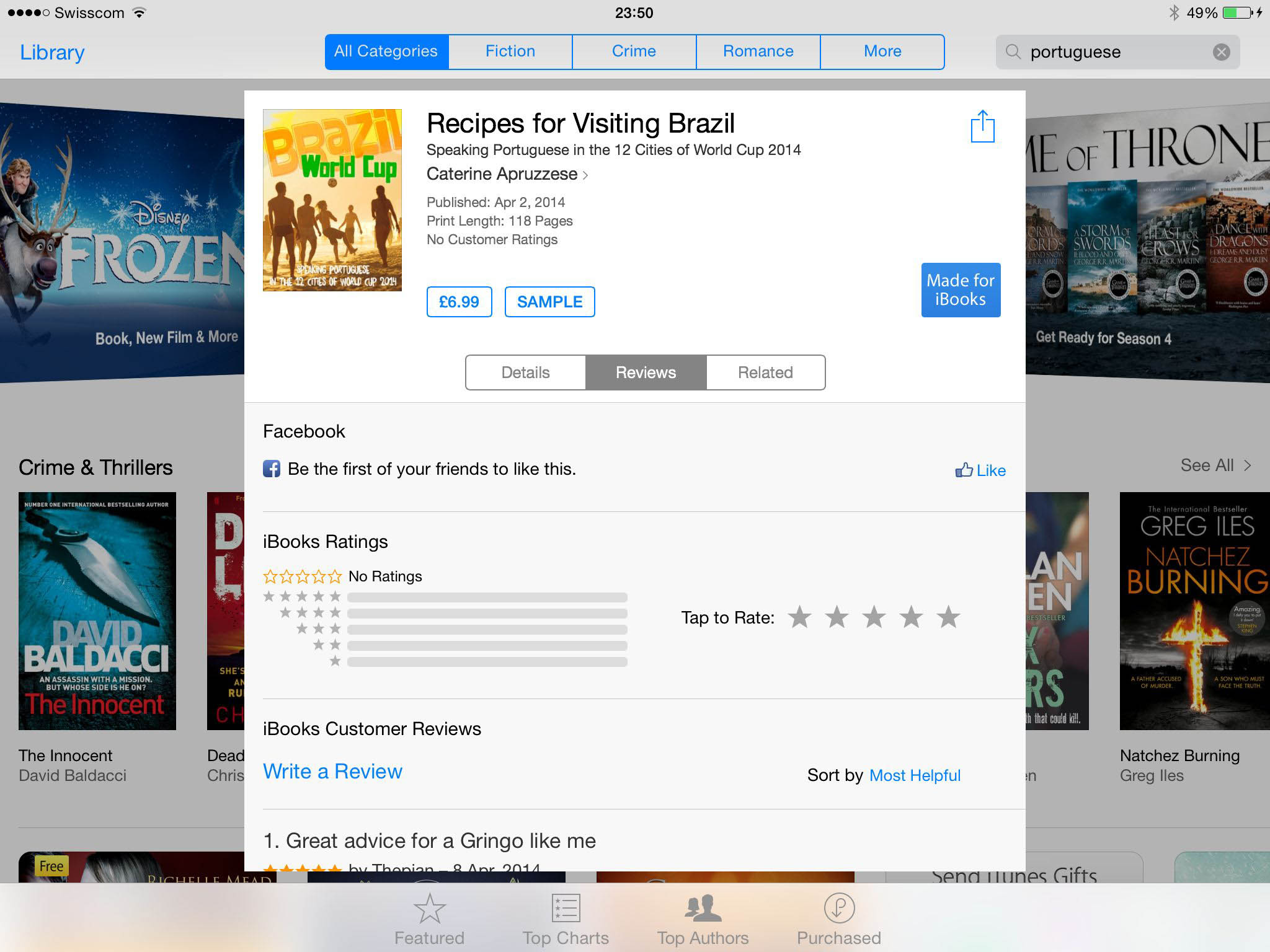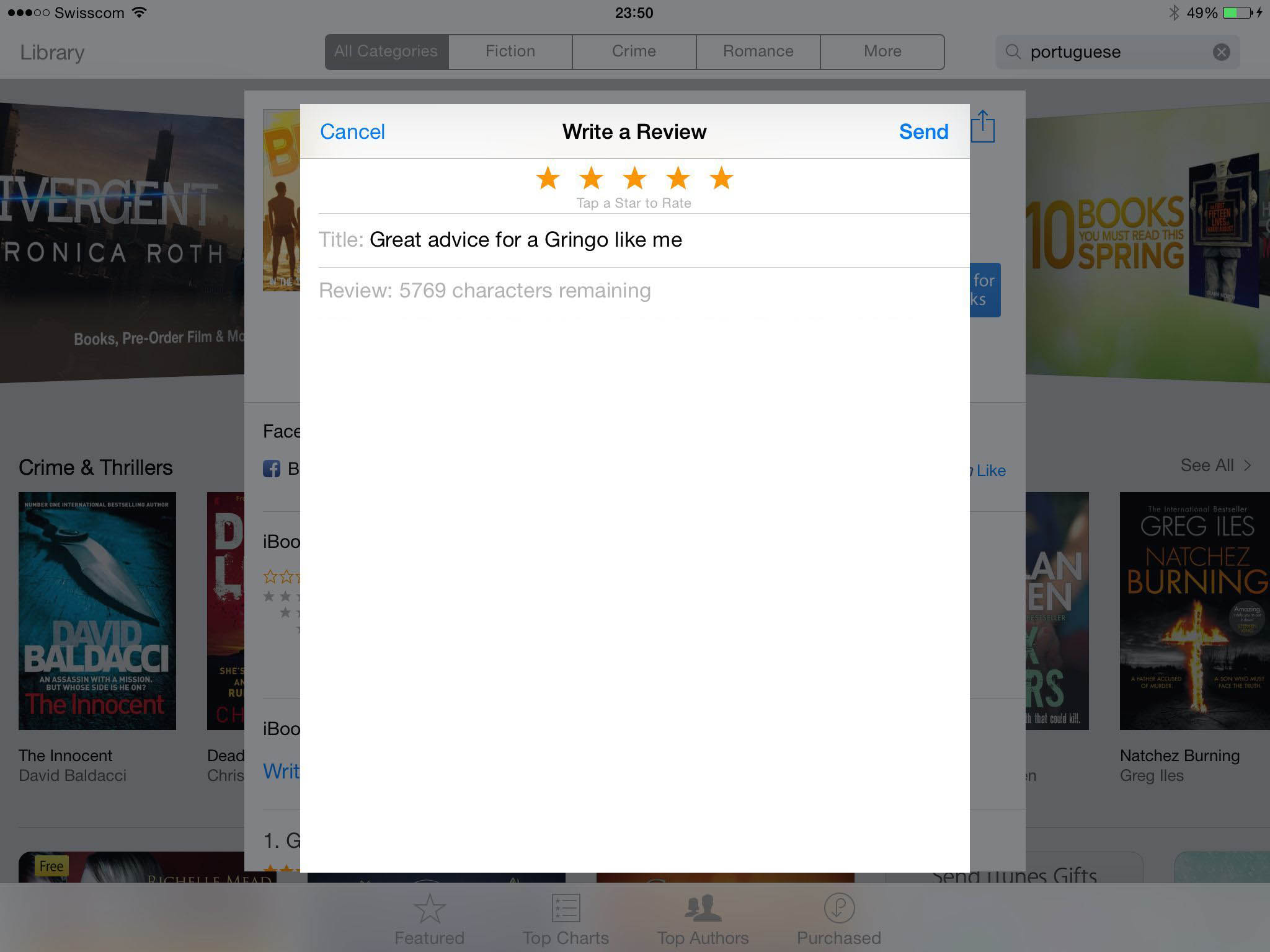What to pack for Brazil?
If you’re heading to Brazil this summer, you may be wondering what items to bring in your suitcase. Some cities are by the beach, while others are inland. Some are also more cosmopolitan than others, therefore it would be good to get a sense of what to pack. Brazilians are very casual when it comes to style. They like their "chinelo no pé” (foot on flip-flop) style. There’s no need to bring expensive belongings like jewellery or designer clothes. It is also better to leave your collar shirt behind as not many people wear them, unless they’re working.
- Casual and lightweight clothes like t-shirts and shorts. This is what most Brazilians wear on a daily basis. There’s no need to pack fancy outfits. Ideally, you want to blend in as much as possible to avoid being hassled for money. When I was in Brazil, I had a t-shirt saying “NYC” so people immediately though I was from the USA, even though I look Spanish. Whenever possible, avoid looking like a tourist so you don’t have to pay touristic prices.
- A good sunblock. When the sun is out in Brazil, it is very strong. Avoid getting a nasty sunburn. Don’t forget to pack a a sunscreen with a high SPF. Sunblock and other toiletries can be really expensive in Brazil, especially if they are imported ones.
- Beach towel. Brazilians don’t really do beach towels. Beach towels are even hard to find in many parts of Brazil. Brazilian women use sarongs or “cangas” which are much lighter than towels while men usually rent beach chairs or they simply stand up, soaking up the sun rays. If you still prefer to lay down and have a snooze on the beach, it is better to bring your own towel.
- A raincoat or an umbrella. Despite the high temperatures, torrential rainfall is pretty common and unpredictable. When it rains, it rains hard 24 hours a day, non-stop. So it’s a good idea to pack an umbrella or a raincoat. Remember that the World Cup takes place in winter, so temperatures can drop a lot depending on the region you’ll be staying in. A jacket and some jumpers can also be handy.
- An insect repellent. Certain areas of Brazil are a “mosquito paradise”, especially in hot and humid regions. There are way more mosquitoes than people and they usually “attack” at night.
What foods and drinks are popular in Brazil?
Brazilian cuisine varies greatly according to the region. In the north of Brazil, seafood and fish stews are very popular, whereas in the South, meat is by far the most popular dish. The south region of Brazil is famously known for its steakhouses and "Gaúchos" (cowboys).
Brazilian food is generally not spicy but well seasoned. Garlic, onions and salt are the main ingredients in Brazilian cooking. If you’re visiting Brazil and are not sure about what to order, here’s a list of traditional dishes that you must try.
- Feijoada. This is probably one of the most popular and traditional dishes in Brazil. It consists of black beans with different types of smoked meats that can take hours to prepare. It is served with white rice. From north to south, black beans and rice are in every menu (cardápio) in Brazil.
- Churrasco. Churrasco is the Brazilian barbecue. it consists of different types of meat like pork, lamb, chicken or beef that are cooked on a metal skewer over hot coals. There are many steak houses in Brazil called “churrascarias”. These places often offer “rodizio style”. This means you can eat as much as you like and servers will bring hot meat on skewers to your table and slice it directly onto your plate.
- Coxinha. the word “coxinha" means a little thigh. Everywhere you go in Brazil you’ll see people eating “coxinhas”. It is a chicken croquette made in the shape of drum sticks.
- Caipirinha. Caipirinha is the most famous Brazilian cocktail made with cachaça which is Brazil’s native liquor. Caipirinha has become so popular, that is now a famous drink worldwide.
- Açaí bowl is a popular and refreshing Brazilian dessert. It is like a thick, blended smoothie that is pored into a bowl and topped with all sorts of fresh fruits like banana or strawberry.
- Moqueca. Moqueca is a popular dish in the north-east of Brazil. It is a fish or prawn stew with peppers and garlic. There are many ways of cooking this dish and the ingredients can vary greatly.
10 language and culture tips you’ll learn on this book
•Brazilians don’t speak Spanish. Despite being surrounded by Spanish-speaking countries, Brazilians don’t speak Spanish. It is fairly hard to find a radio station in Brazil where they play Spanish music. Forget about listening to salsa or other Latin rhythms. In Brazil, everyone speaks Portuguese and not many people will be fluent in other languages.
•It’s hard for a Brazilian to understand European Portuguese. Although it is Portuguese, the pronunciation from Portugal can be very different from the one in Brazil. Some words are also different. For example, the word for cup is “chávena” in European Portuguese and “xícara” in Brazil.
•Ordering in a restaurant can be a bit of a challenge in Brazil. You can get the server’s attention by just saying “oi”.
•When ordering a Brazilian style beer (ice cold) you can ask for a “bem gelada” which literally translates as very cold.
•The word for snack bar in Portuguese is “lanchonete”. These are relaxed places where you can get sandwiches, fruit juices and pastries.
•The ão sound is very common in Portuguese. It is a very nasal sound, therefore it requires a bit of practice. You’ll hear it in words like “feijão” (beans) and São Paulo.
•The word for party is “balada”. Brazilians never say no to a “balada” and there will be many for the World Cup.
•“Pastel” means cake in Spanish but in Portuguese a “pastel” is a deep-fried pastry filled with many different types of ingredients like cheese, beef or ham. It is one of the most popular snacks in Brazil.
•the word for ATM is "caixa eletrônico”. If you want to withdraw money, you have to look for an ATM that says “saques”.
•In Brazil “Botecos” are very relaxed neighbourhood bars with lively music and atmosphere. They are very different from lounge bars. A “boteco” usually has yellow plastic chairs and tables and people of all ages sit outside chatting while drinking their “cachaça” or beer.
For more and how to pronounce your new words head over to iTunes and get the book.How to stay safe in Brazil?
The 12 World-Cup Cities of Brazil
Please add a review
Like us you probably prefer to buy books with interesting reviews. So please help us by adding one.
If you have already had a look at the book and know what you would like to say, jump to the review link below.
- Go to Ratings and Reviews.
- Click "Write a Review"
- Remember to Rate the book.
- The nickname is your public name on the review
Take care top spot if the nickname is already used, your review will not be submitted until you change the nickname.


